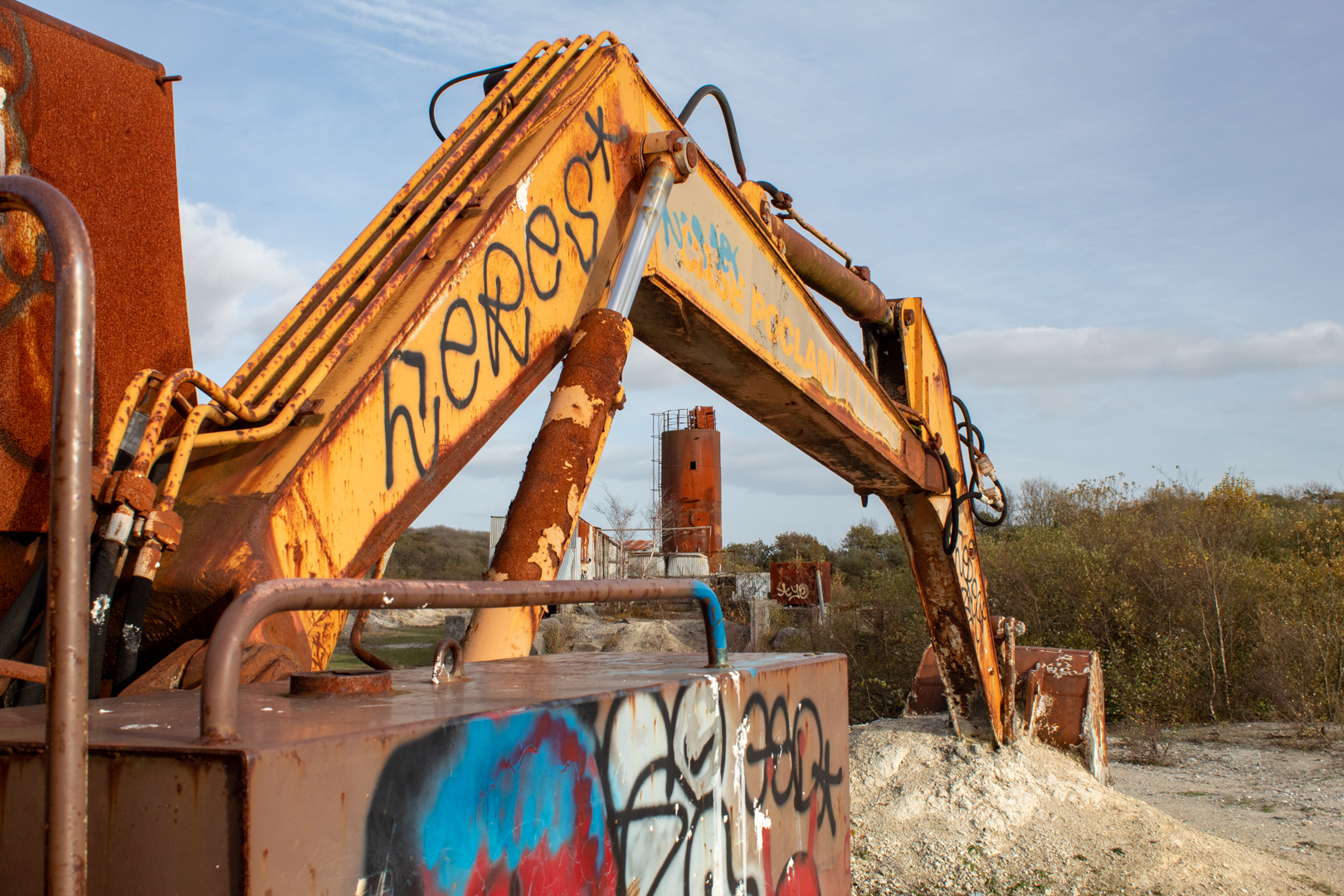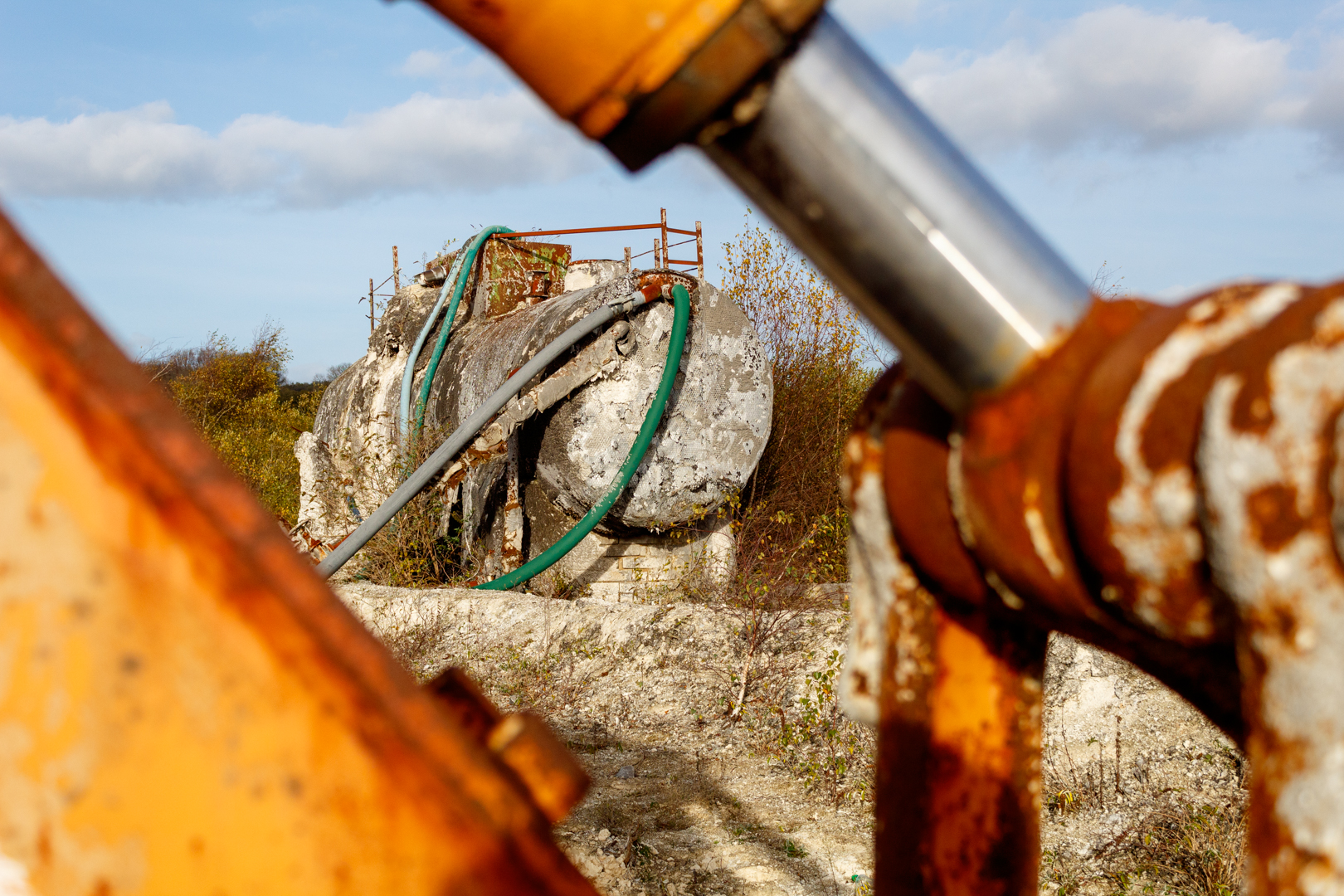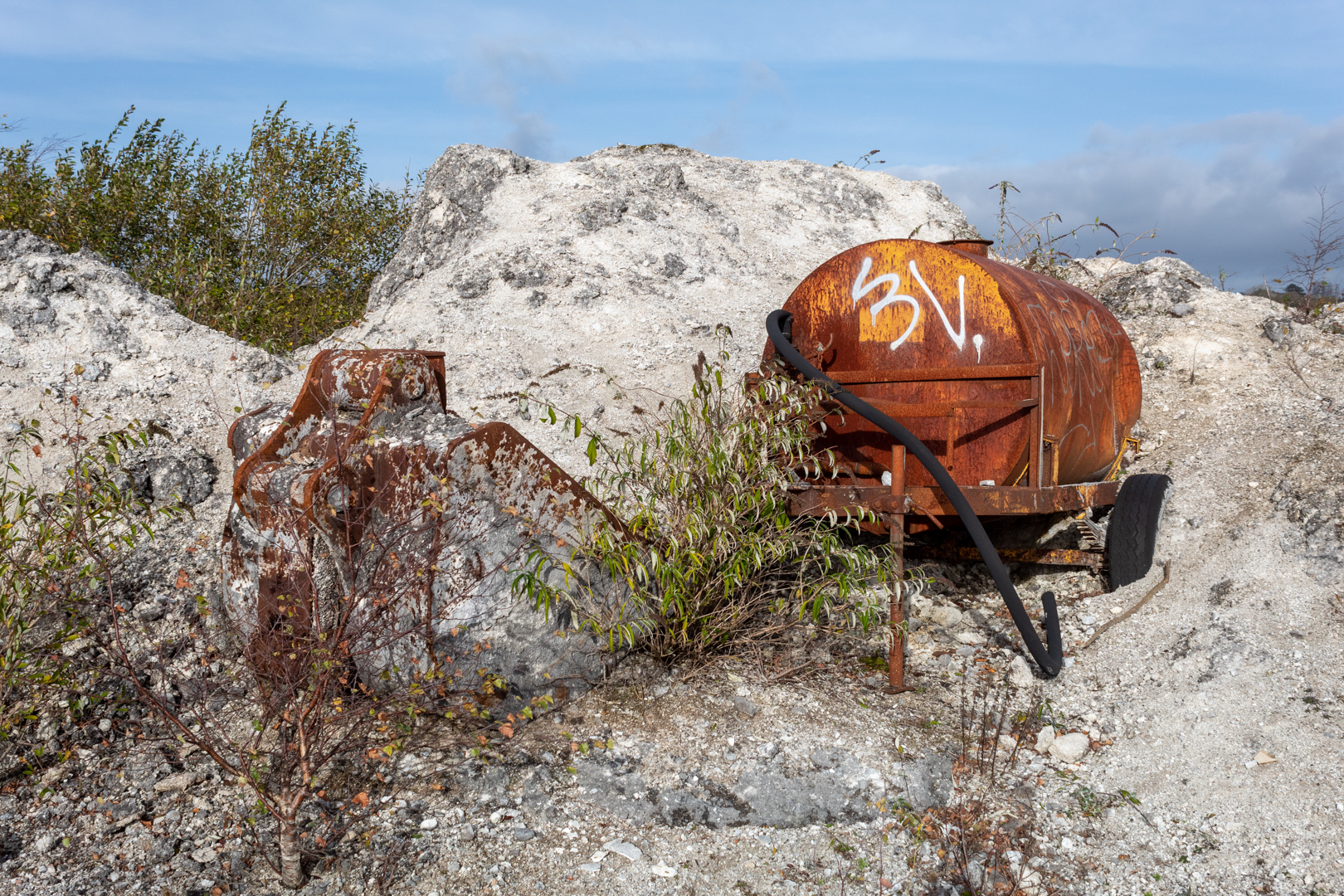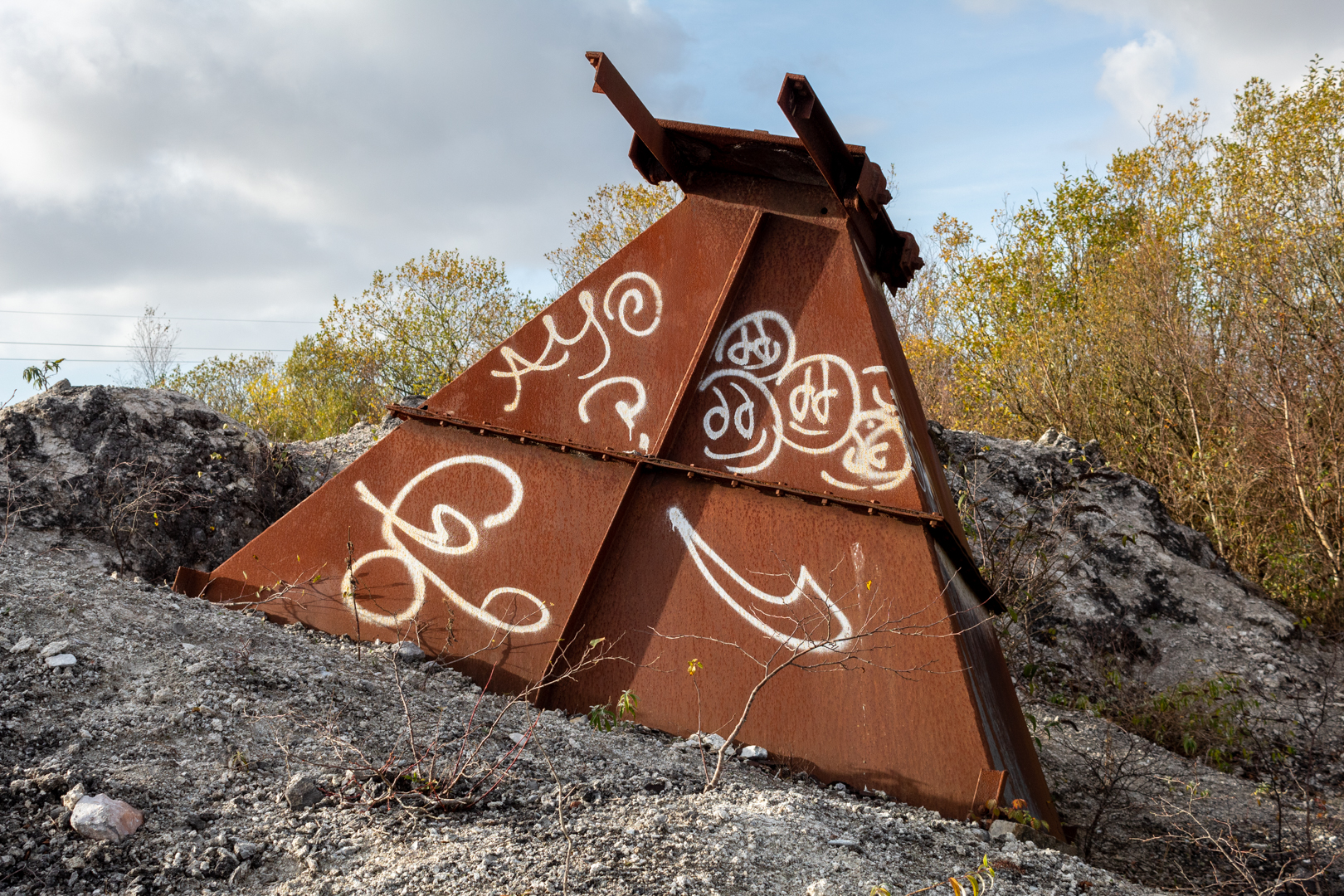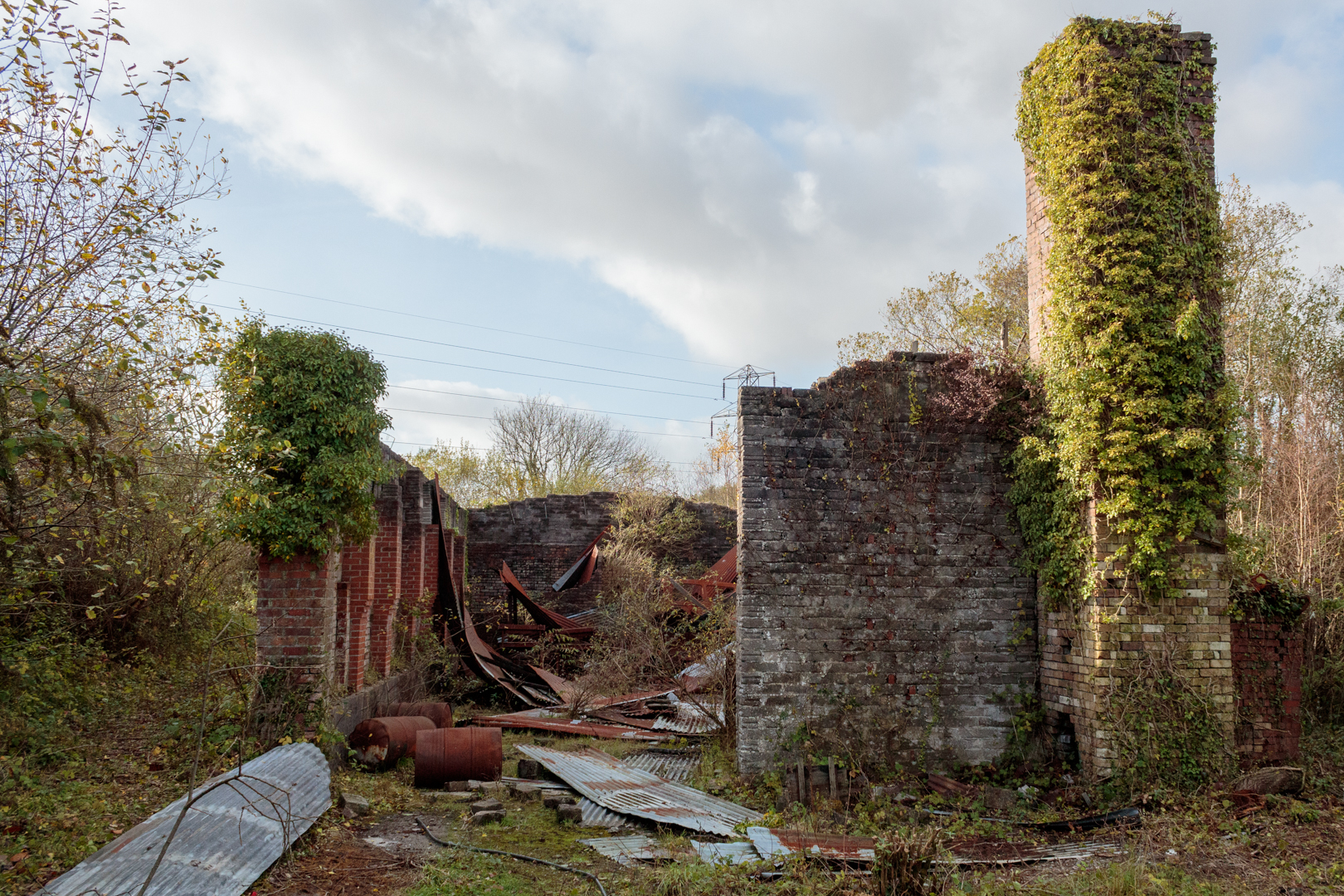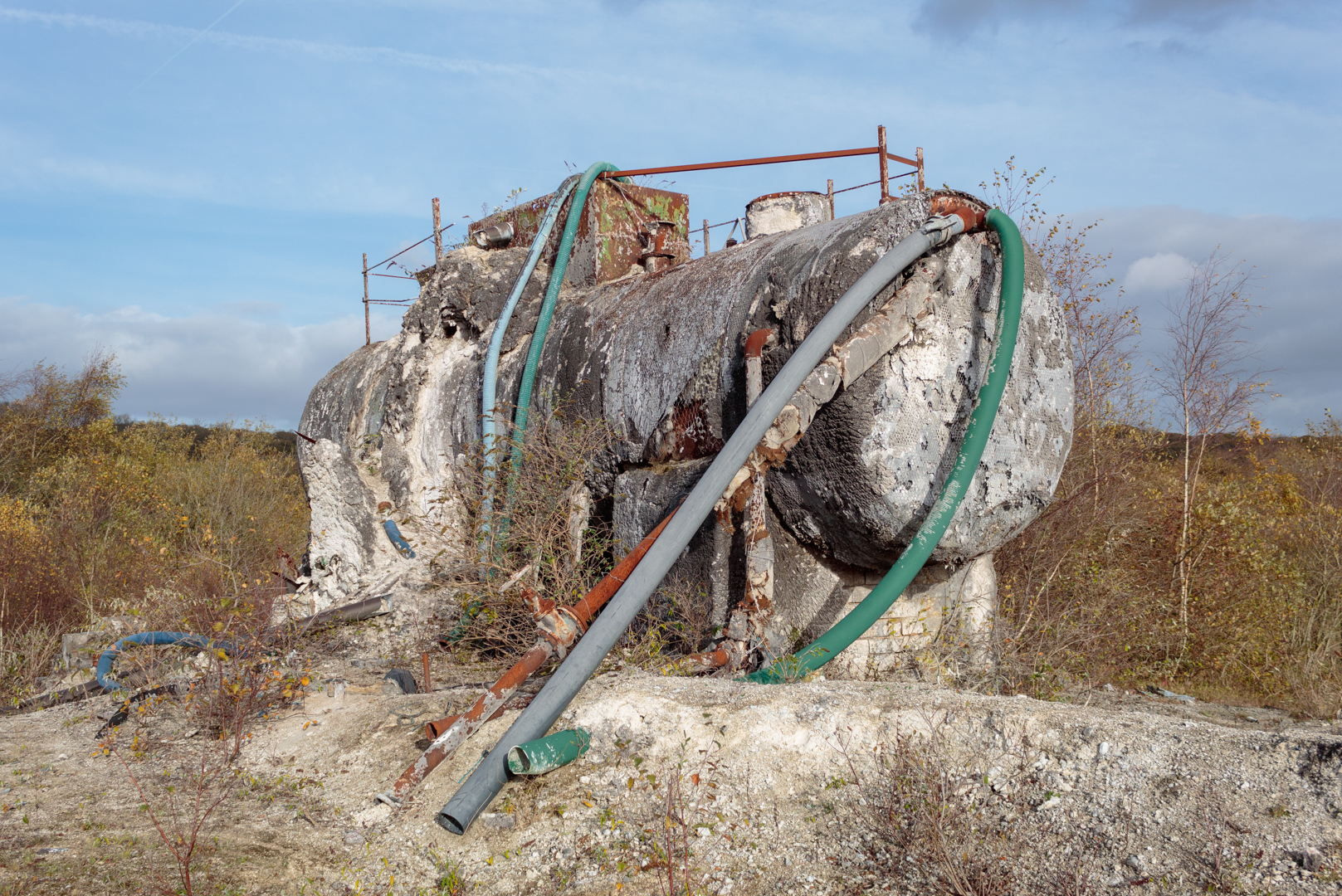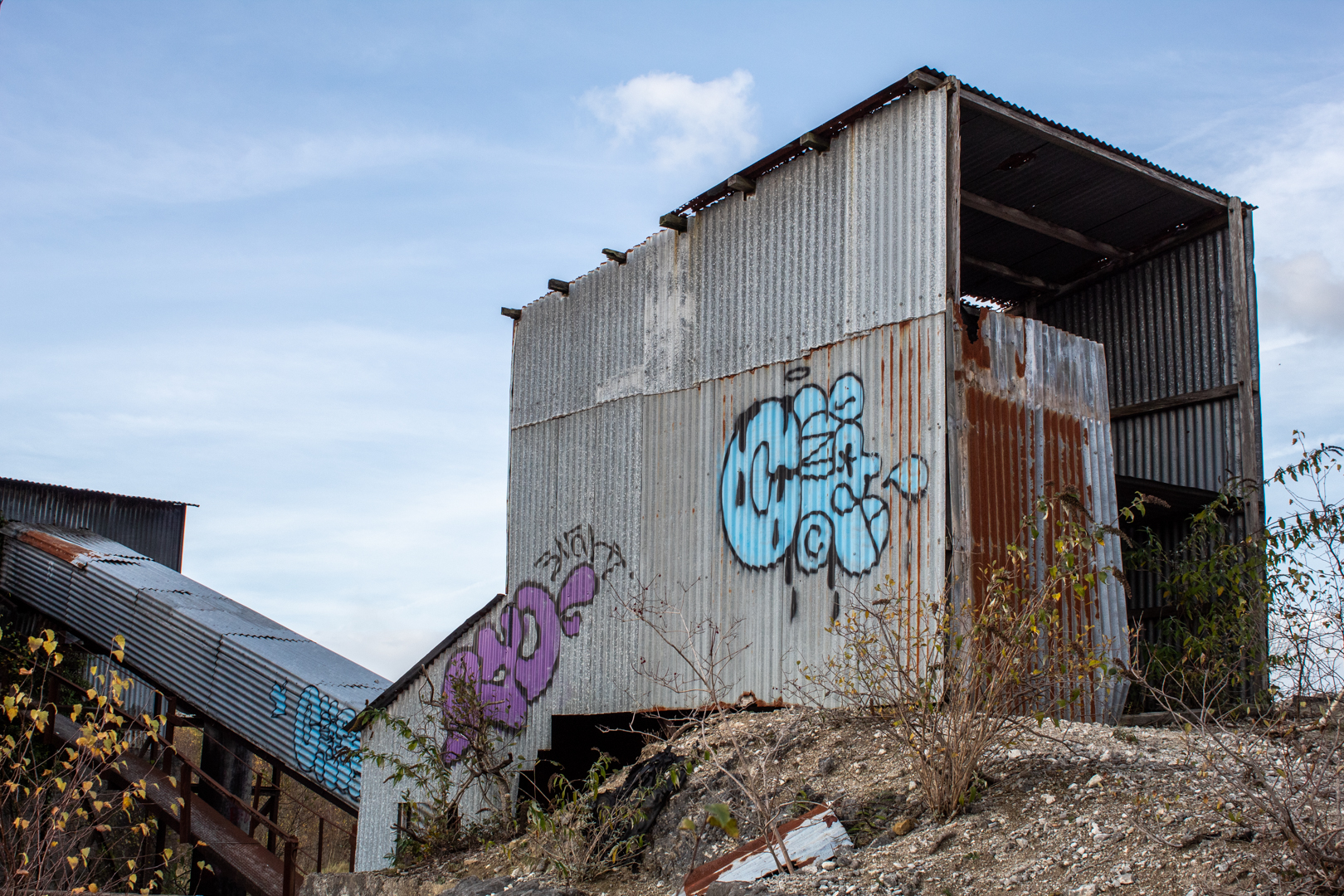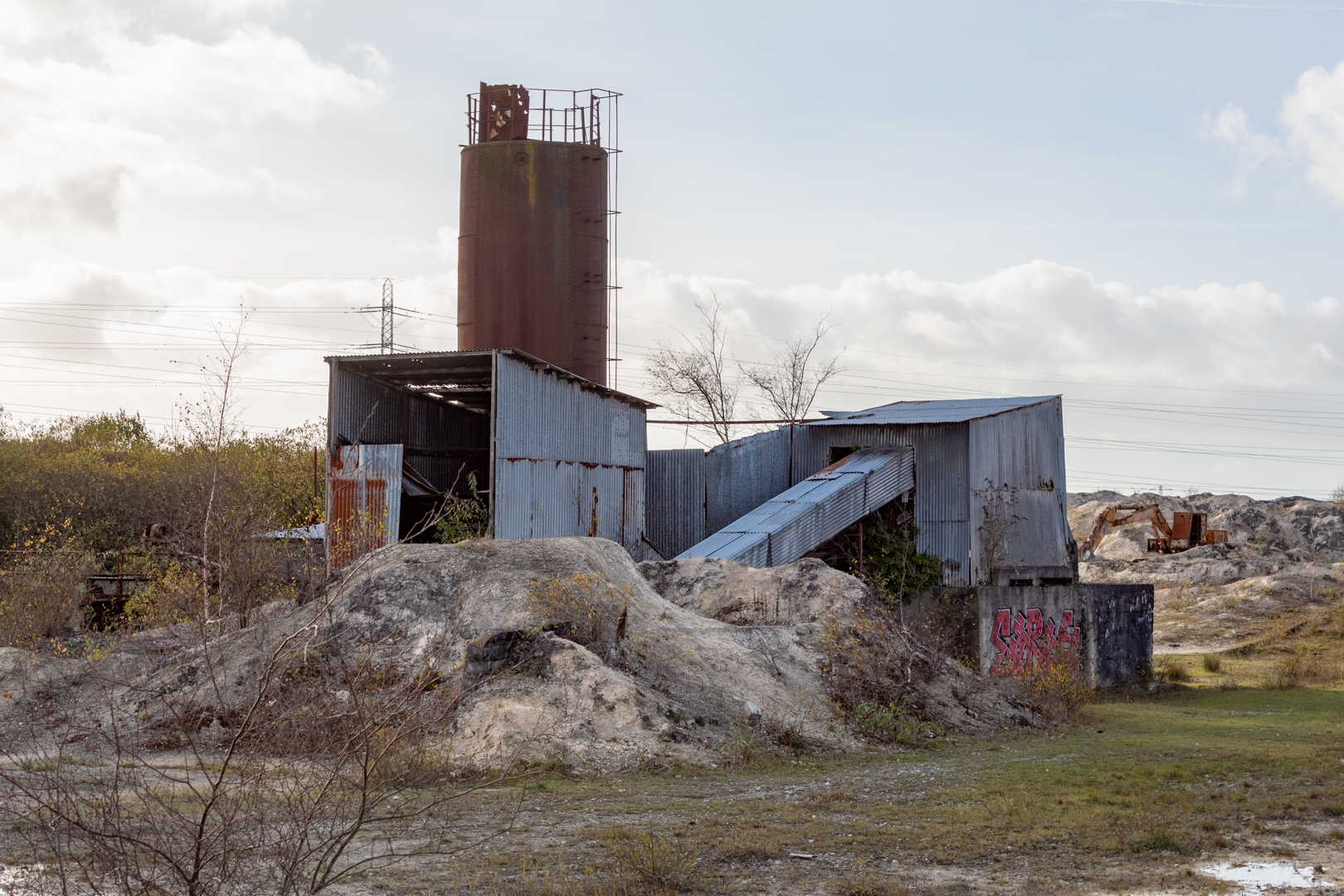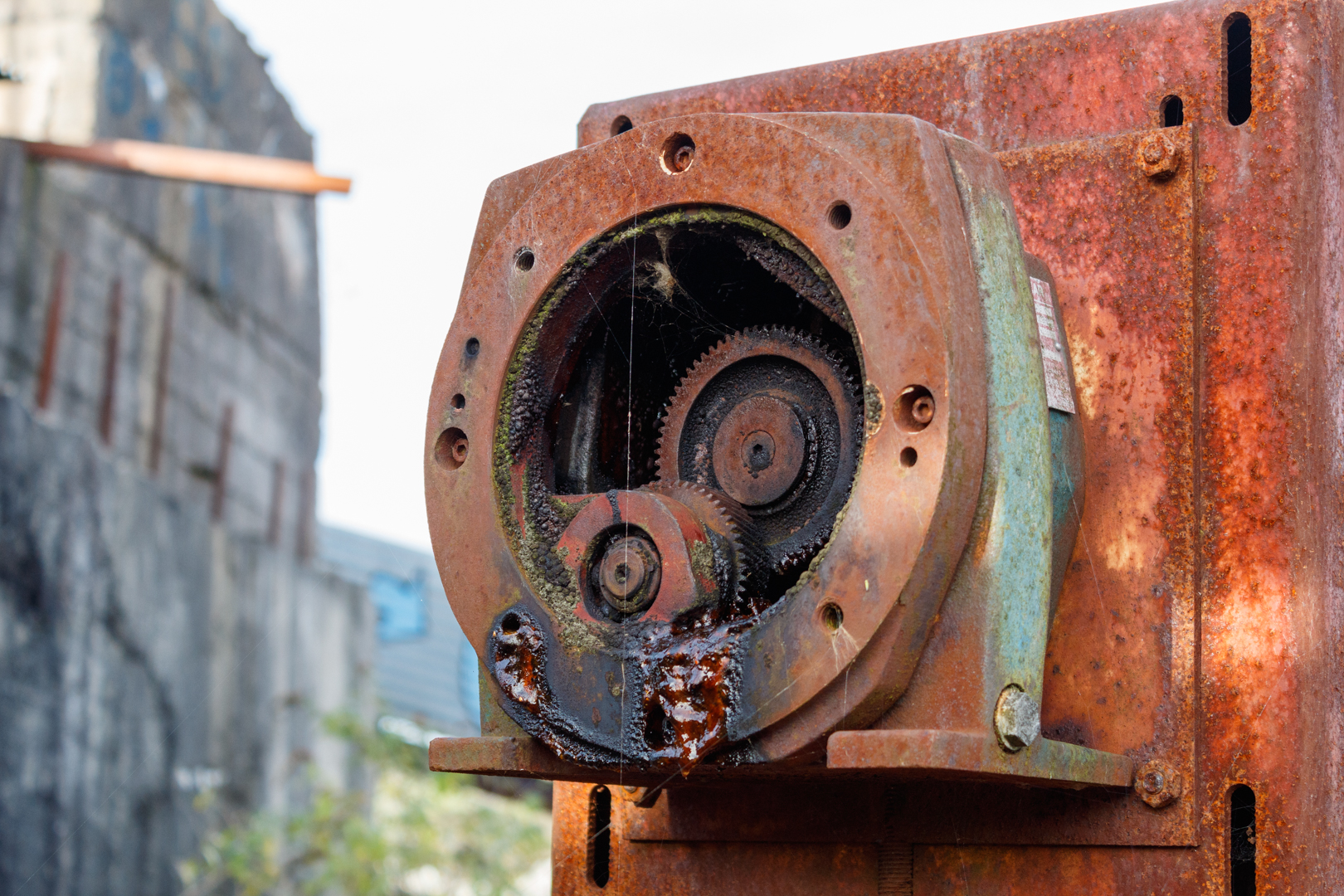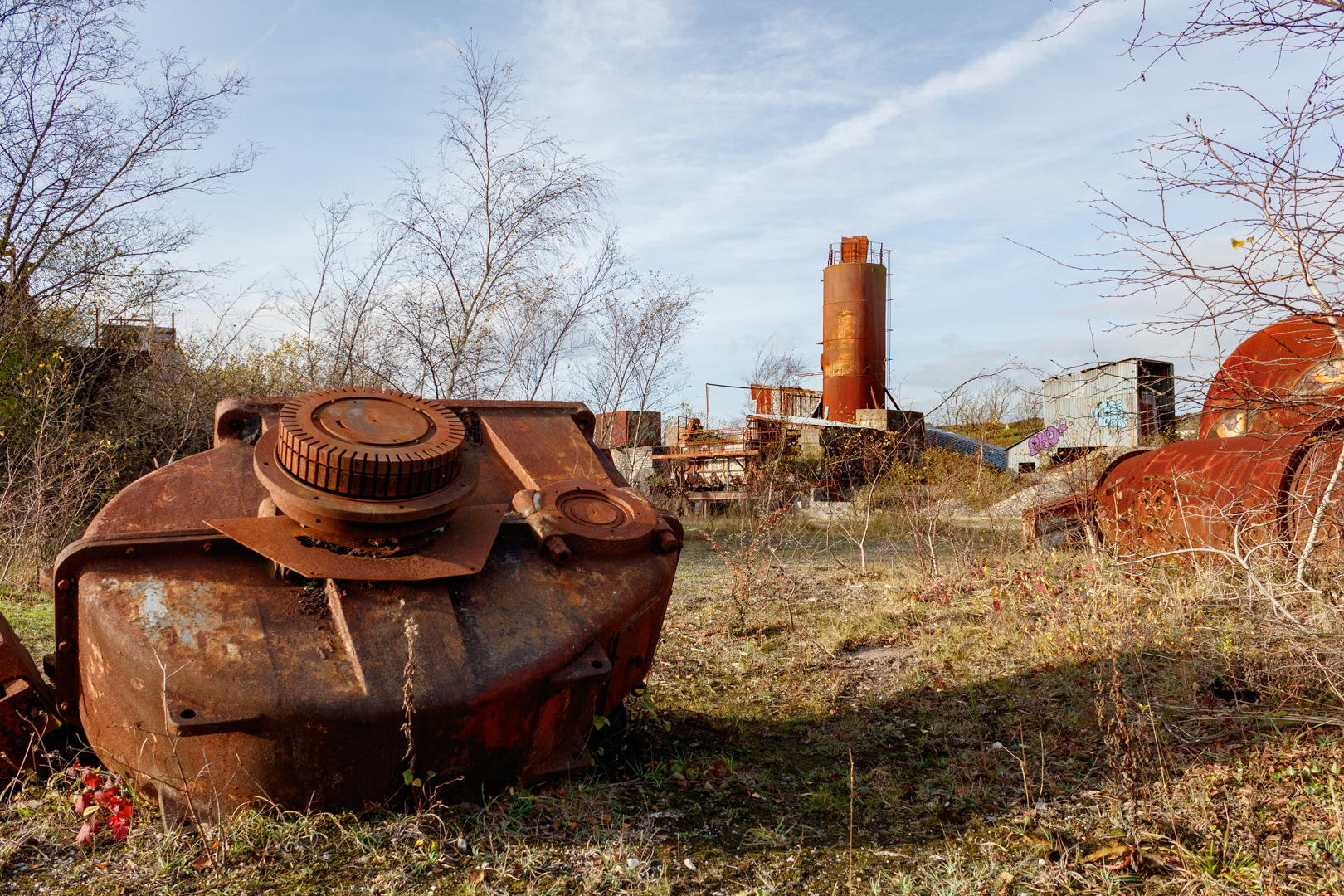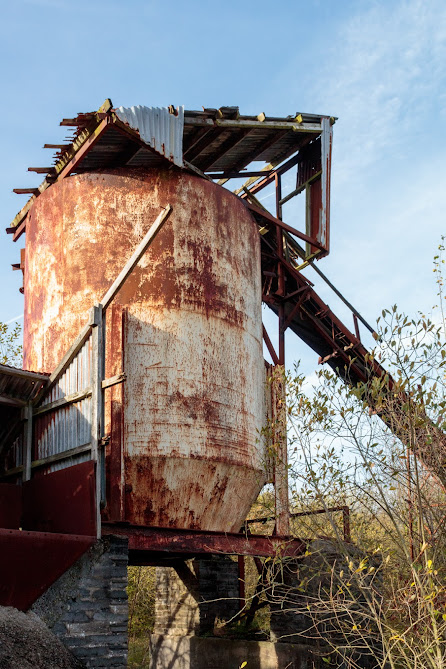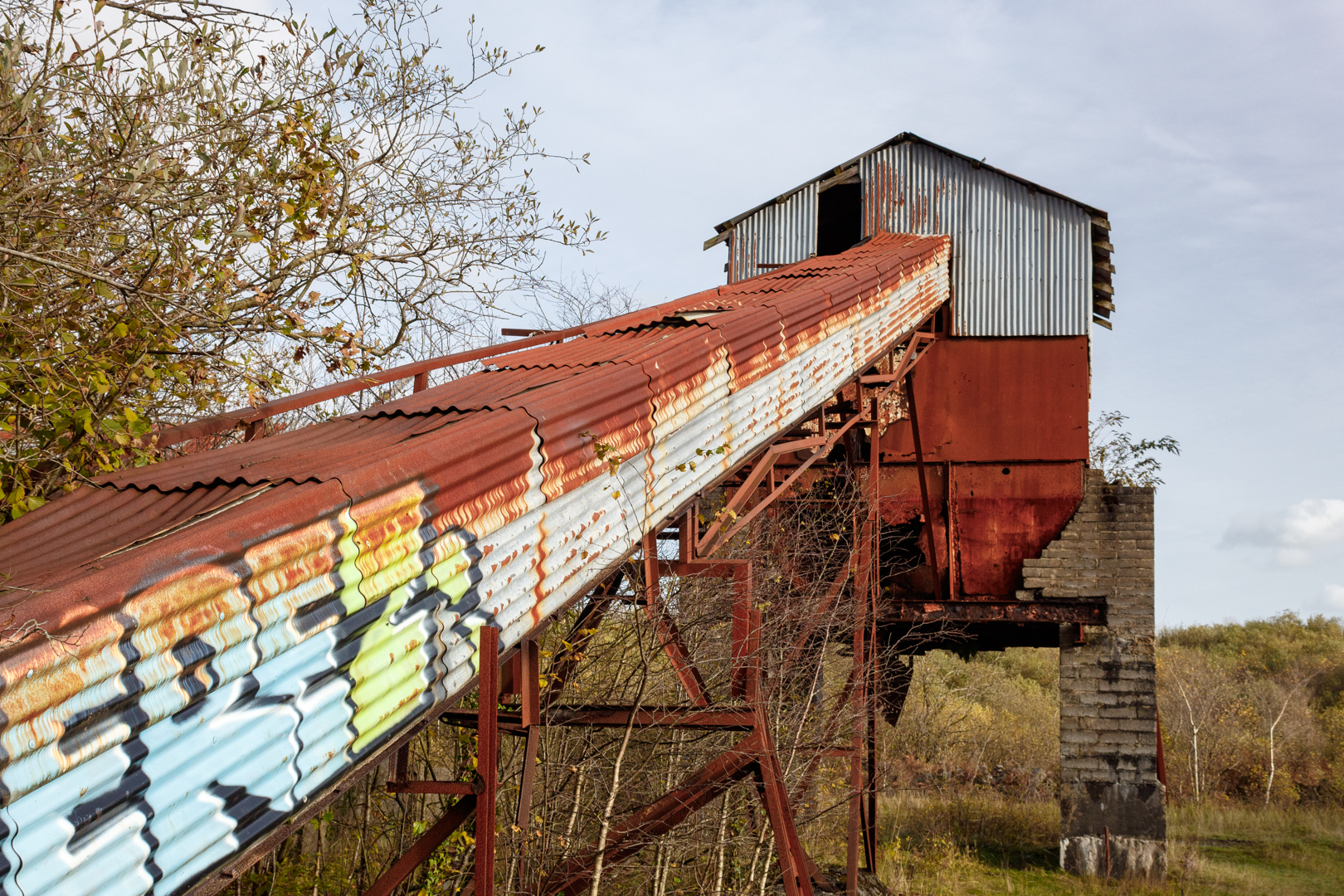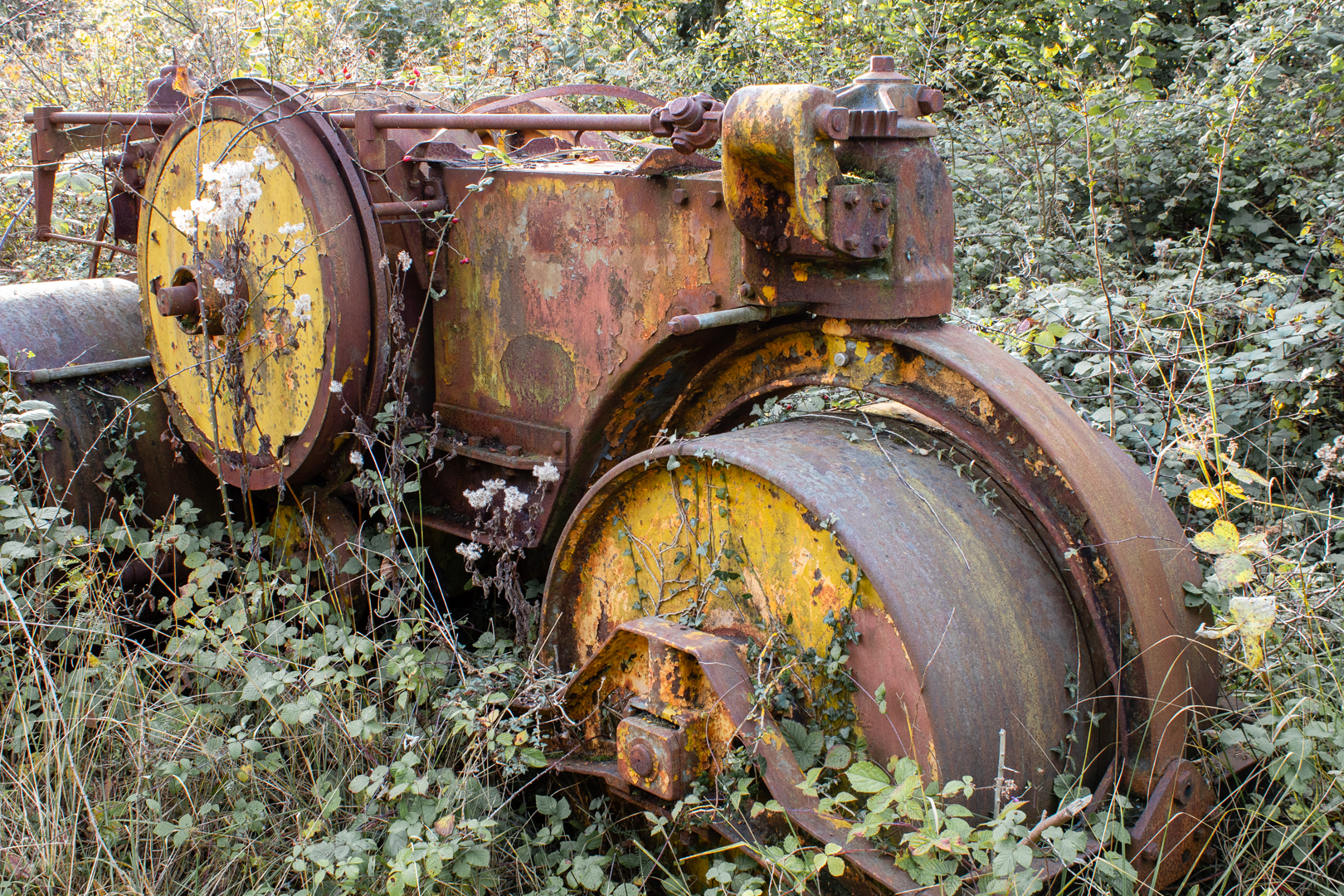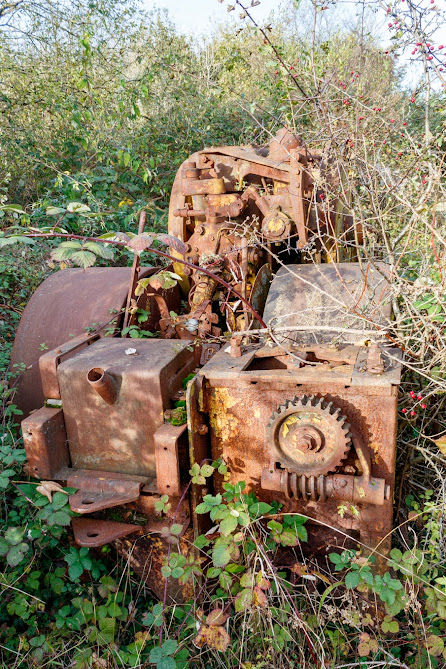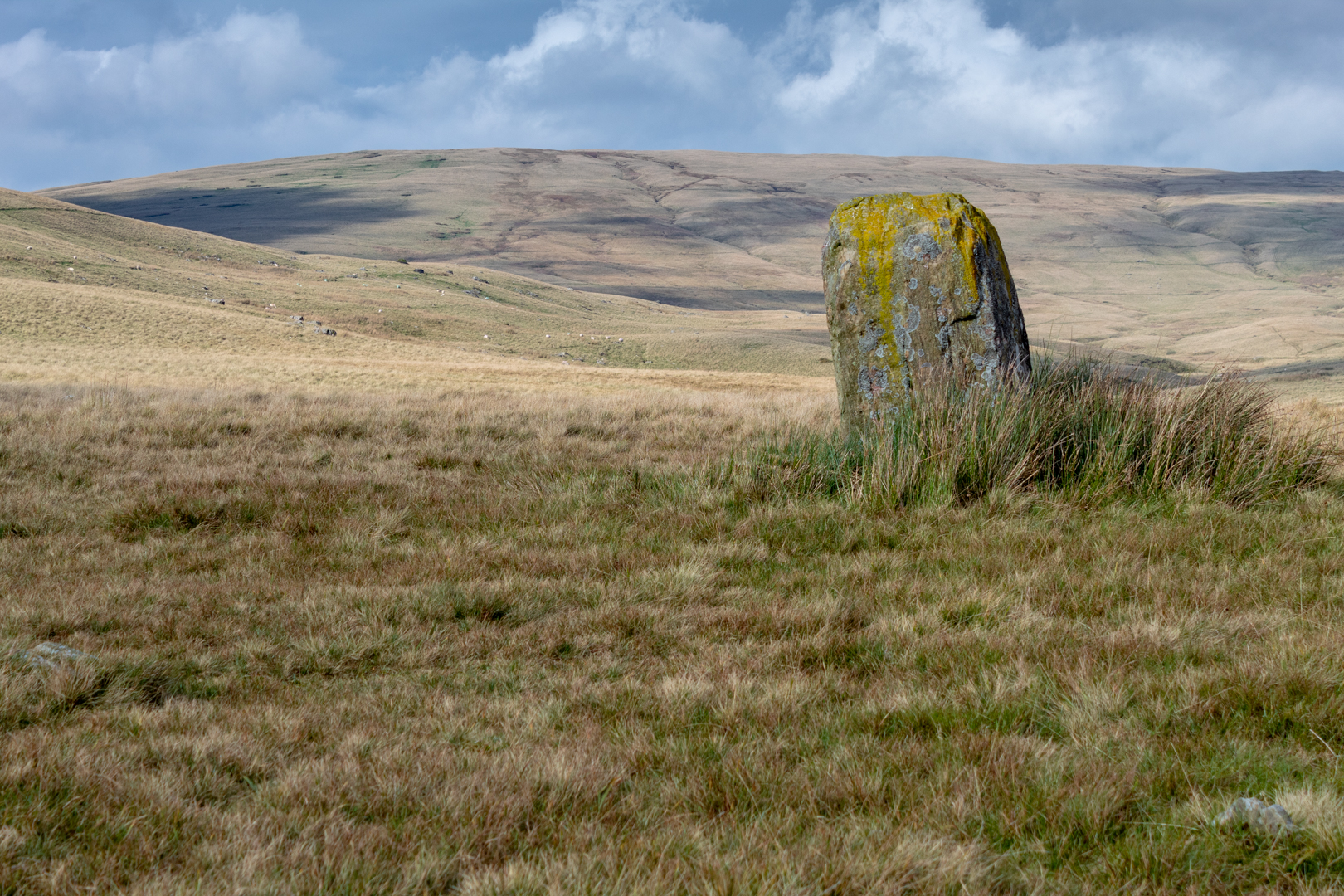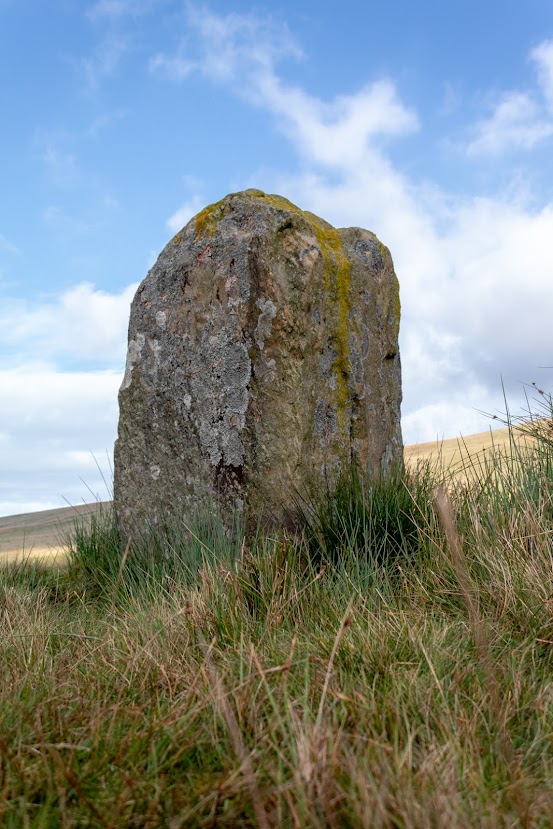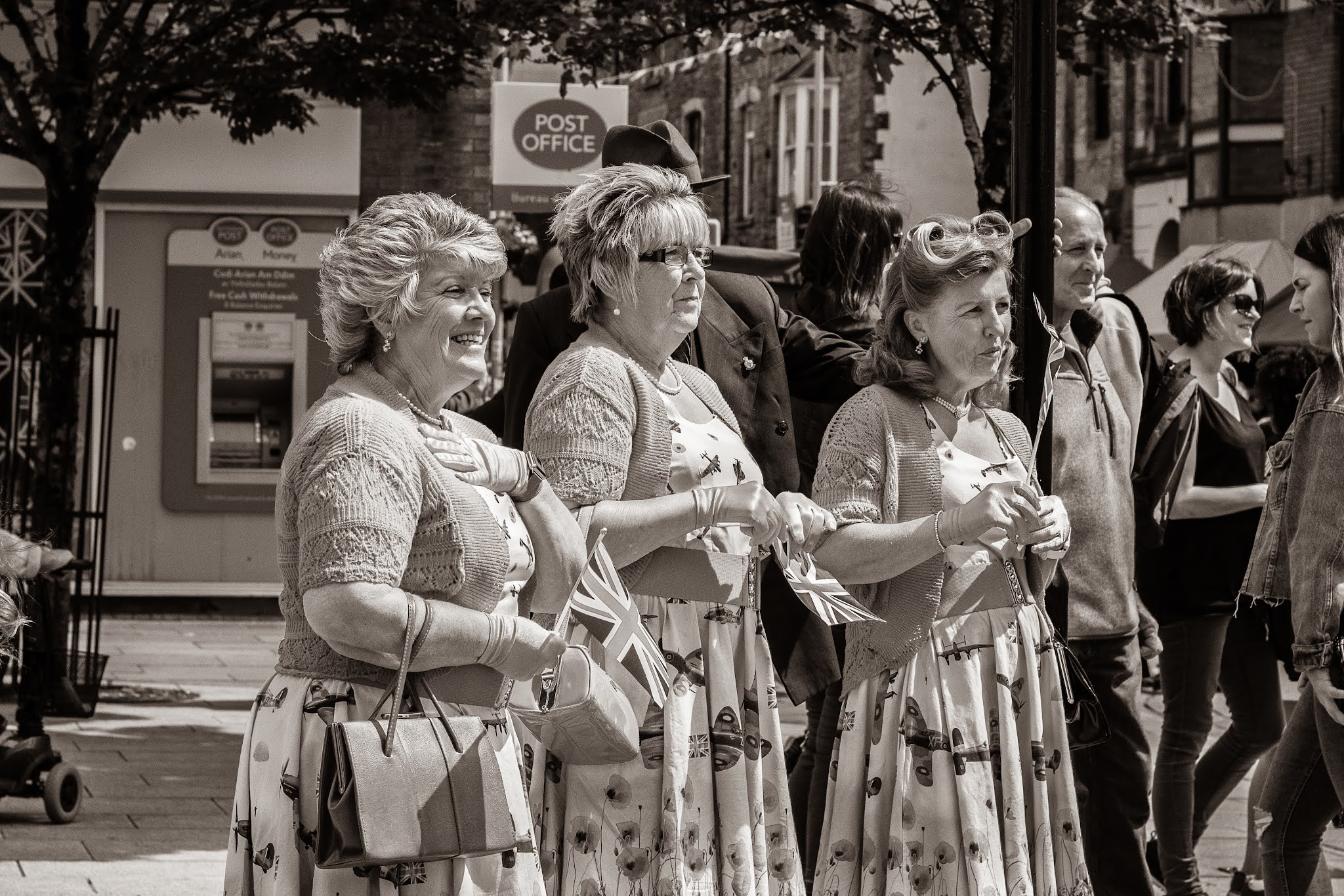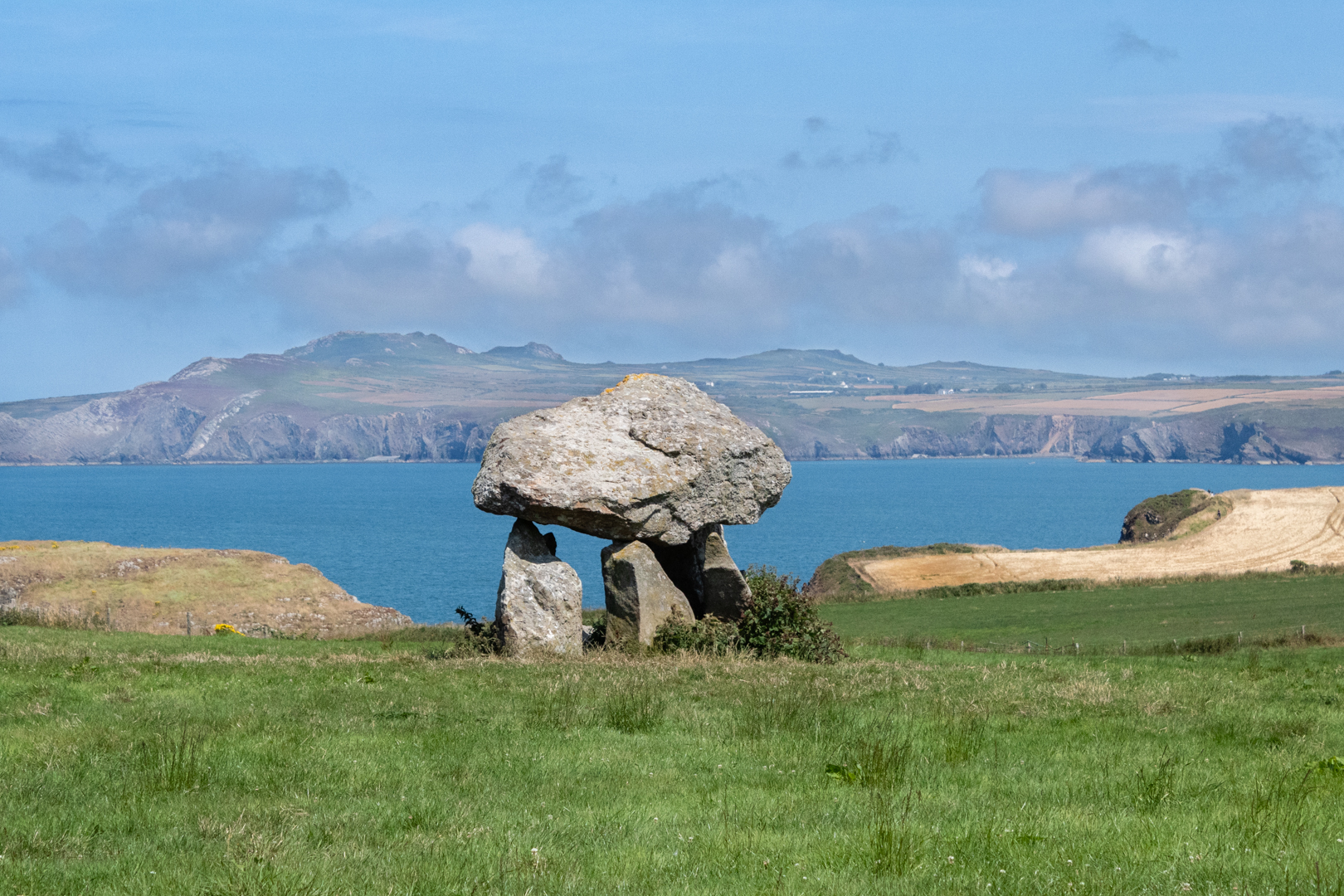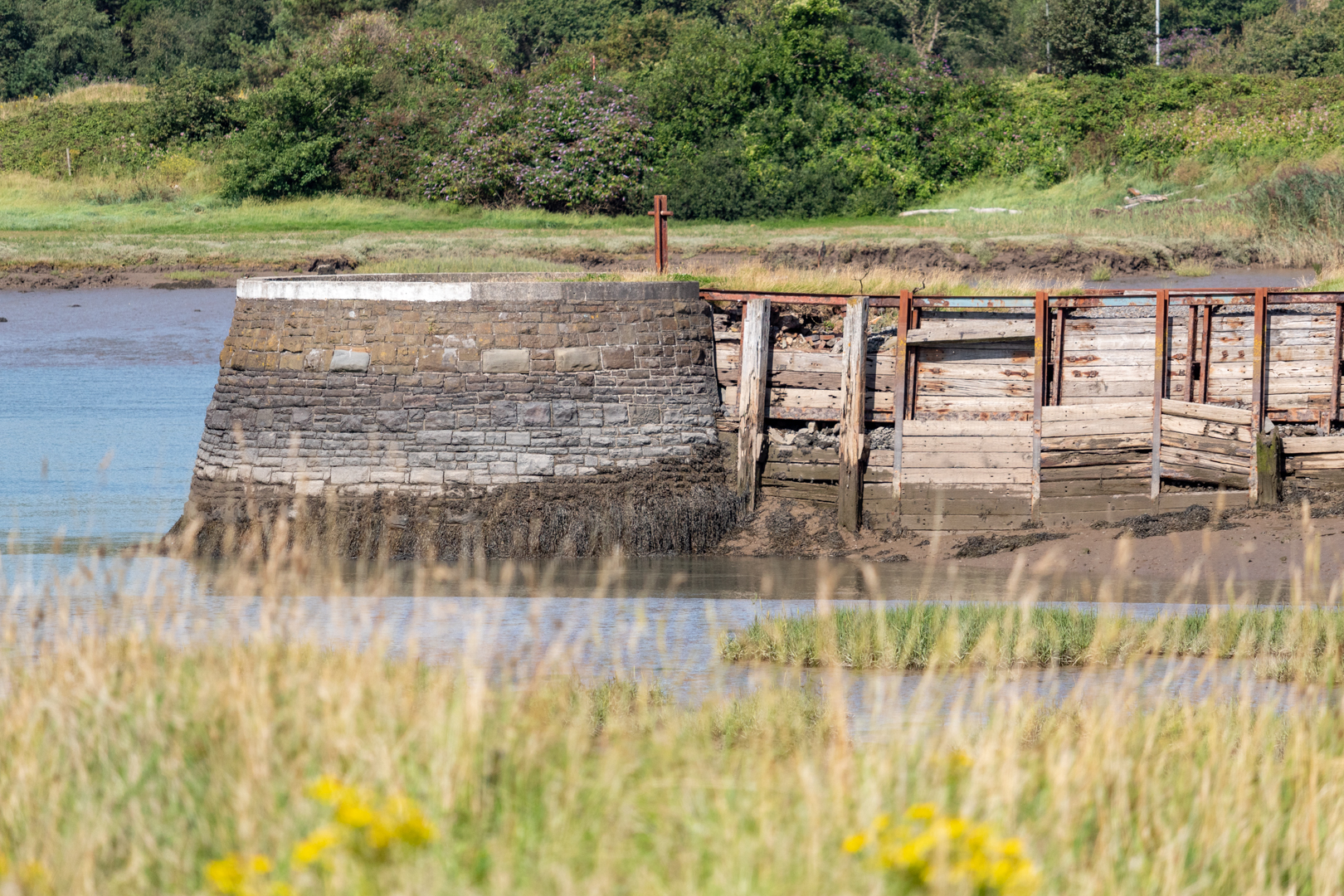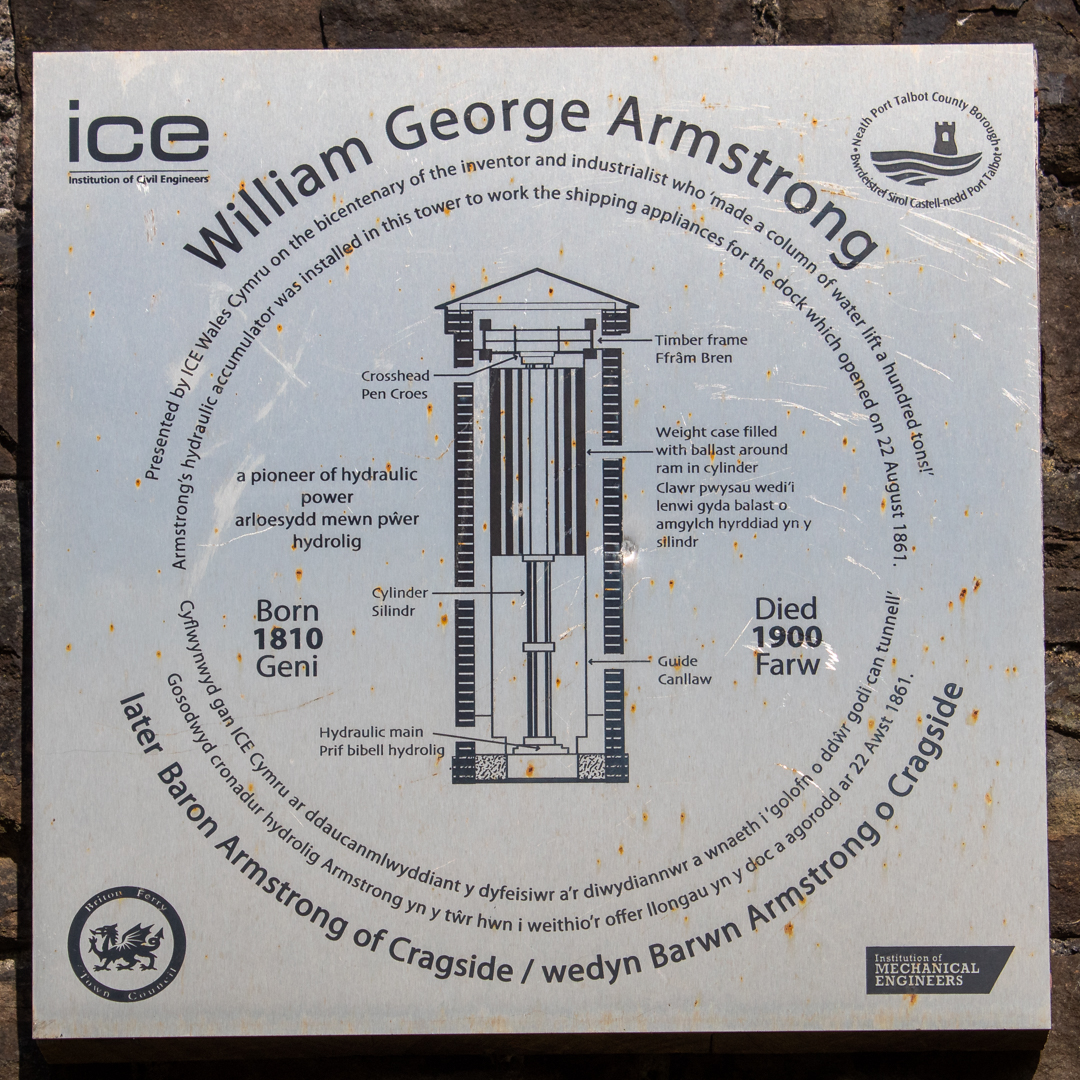Visit Date: November 2021. .
Read More
 |
After seeing a local report where someone had visited this site the information that he gave so interested me in this local area that I ventured out to this abandoned Lime Works and was very surprised by what I found.
The Stormy Lime works I have since heard has been also called the Pyle Lime works, the 'Stormy Stone and Brick Company' and also The Tranch Pyle Lime Works.
The coastal land of South Wales covers seams of limestone and as lime is a highly useful product in a diverse range of industries such as iron smelting, land improving and building, it is not surprising that the lime industry did well here.
There is not much officially known about this quarry but lime works or quarries along with lime kilns are scattered around South Wales and perhaps so commonplace that it was felt this smaller site was nothing out of the ordinary. I guess that would have been the case except for the condition as it stands now.
What surprised me the most about my visit was how the site had been abandoned. It was quite eerie walking around as it has something of a dystopian feel about the place. It looks as if one afternoon all the workers just up and left leaving the heavy machinery, buildings and a great hole behind just to rot.
It seems that this place was opened just after the war and carried on working until its closure in the early 1970s when as I said it was just abandoned.
There has been no effort to remove the tons of rusting machinery here or to try and fill in the void left by the quarry operation., indeed on my visit here, there were a few lads fishing in the lake that had been left by the quarry. I found it strange that this is not a river and with no inlet other than rainfall or outlet I wondered how there could be any fish in the pool however it turns out that the quarry workers stocked the pool and there are some reports of people fishing here since the closure with the common Rudd being the breed here.
Known locally as “Sammy’s pool”, but it is not clear who he is or where he lives had lived but it was the owner of the site, although there are reports that he owned a number of small sites in the area.
With over 50 years passing since the abandonment, nature and the elements have taken their toll on the site with the buildings collapsing and the metal pieces left behind rusting badly however, in the Autumn afternoon sunlight the rust almost made them appear to glow.
Of course, the site has also been visited extensively by local graffiti artists.
Please enjoy these images. (visit location information below)
Footer:
Visit Information:-
Google Reference
51.521917433606, -3.653549611707895
Google Search reference: Stormy Lime Works
What Three Words reference : ///fillings.nuns.canny
N.B I have created a short video of these images on You Tube:-
